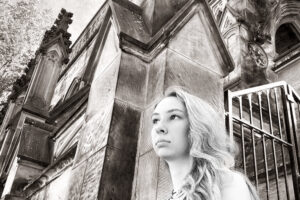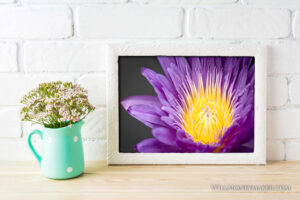What is most important in photography? Depending on who you ask, you could get any number of different answers. One photographer might say that the most important thing is to be able to create the highest resolution images possible. This way, the images can be blown up to any size you desire. Someone else might argue that it’s important to keep up with technology, to keep your gear current, because only through new pieces of equipment can we keep our images the best that they can be.
There are dozens of factors we could point at as being the most important element of our images. The work that goes into post-processing, for instance. That’s what gives photographs the finished, art gallery-ready look. Or composition. Strong compositions are interesting, and they direct the viewer through the photograph. The use of color or lack thereof, and the use of light and shadow.
All of these things are important to the creation of a photograph, of course. We can’t produce our best without nods to post-processing, gear, composition, and so on. But all of these things are just elements of the whole, not the central thing that makes a photograph something people want to study for hours.
Think of it as a house. All these elements are the building blocks. The walls, the floor, the roof, the foundation, even the nails that hold it together, the paint the decorates the walls, and the curtains hanging in the window. But despite all of these things, you can walk into a showroom home fully decked out and it still feels empty and lifeless.
That’s because the important part of the house isn’t the house itself but the people who live there, and most importantly, the emotions and memories made there. Similarly, with a photograph, you can have all the bells and whistles, but still, create something lifeless. It’s the emotion in the frame that brings it alive.
So that’s what makes a photograph amazing — the content. And even more importantly, not just the content but the way the content works together within the frame. Each element needs to interact with all the others in a way that builds emotion and speaks to your viewers.
It’s all about emotional content. That’s what prevents images from being stale and lifeless. Ultimately, it really doesn’t matter if you can print it at 20×30 sizes or if you used the top of the line gear to produce it. Those hours spent on post-processing can easily be rendered meaningless if there’s nothing present within the image that makes us think or that tugs at our heartstrings one way or another.
So content really is king, but perhaps maybe not in the way we imagine. It’s the pieces of ourselves, the emotion, thought, and meaning that we fill the image with — that’s the kind of content that makes a photograph one people will want to hang on their walls.





